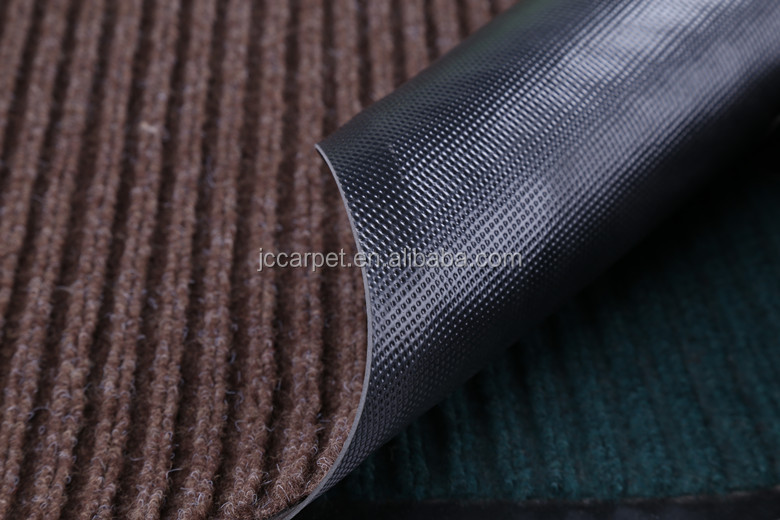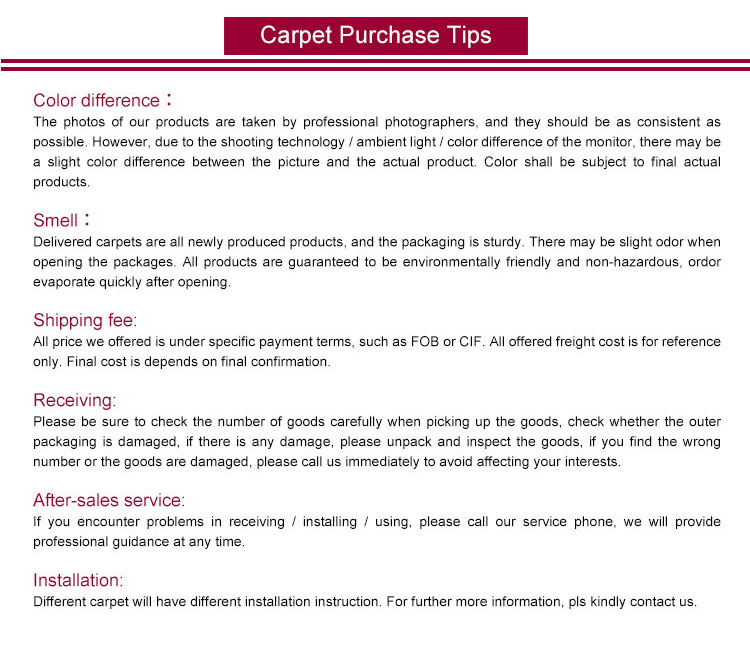Carpet Size: The Ultimate Guide
This ultimate guide to carpet size will help you understand the different options available and make the best choice for your home. From small, medium, and large sizes to special shapes, this guide covers it all. Learn about the benefits of each size, how to measure your room, and what size is best for your lifestyle. Whether you're looking for a small carpet for a bathroom or a large one for a living room, this guide has everything you need to know.
Carpets come in a wide range of sizes, from small area rugs to large hall runners. Each size is designed to meet specific needs and enhance the look of a space. In this guide, we’ll explore the different carpet sizes available, as well as how to choose the right size for your home.
Common Carpet Sizes

Carpets are typically classified by their width and length. Common widths include 2 feet, 3 feet, 4 feet, 5 feet, and 6 feet. Lengths, on the other hand, can vary greatly depending on the type of carpet and its intended use. Here are some common length options:
Runner carpets: 2 feet x 8 feet
Area rugs: 4 feet x 6 feet, 5 feet x 8 feet, 6 feet x 9 feet
Hall runners: 2 feet x 10 feet, 3 feet x 12 feet
Round rugs: 3 feet, 4 feet, 5 feet
How to Choose the Right Size
When choosing a carpet size, consider the following factors:
Space: Measure the room or area where the carpet will be placed. A large room will require a larger carpet than a small one. Leave at least 6 inches of floor space around the carpet for a clean, finished look.
Function: Think about how the carpet will be used. If it’s for a high-traffic area, such as a hallway or living room, consider a smaller size that’s easier to clean and maintain. For low-traffic areas, such as a bedroom or study, a larger rug may be more suitable.

Style: Consider the overall style of the room. A small rug can look sleek and modern, while a large one can add warmth and comfort. The material and color of the carpet should also complement the room’s decor.
Budget: Carpets come in a range of prices, with larger sizes and higher-quality materials usually costing more. Consider your budget when selecting a size and material.
Tips for Measuring Spaces
When measuring for a carpet, follow these tips to ensure you get the right size:
Measure the length and width of the room in feet. Round up to the nearest foot for more accurate measurements.
If the room has irregular shapes or furniture arrangements, measure the floor space that will be covered by the carpet separately from the rest of the room. This will help you determine the minimum size needed to cover the desired area.
Allow at least 6 inches of floor space around the perimeter of the carpet for a clean, finished look. This includes extra length at the front of the carpet if it’s being used as a runner or under a dining room table.
In conclusion, choosing the right carpet size involves considering space, function, style, and budget. By following these tips and measuring carefully, you can find a carpet that not only meets your needs but also enhances the look of your home.
Articles related to the knowledge points of this article:
Title: The Art of Tying a Tie: A Comprehensive Guide for the Modern Man
The rise of the jacket down coat
Title: Mastering the Art of Wearing a Tie: A Step-by-Step Guide for Perfect Tying
Title: Mastering the Art of Tie Knots: A Comprehensive Guide to Tying a Perfect Bow
Title: The Art of Tie Wearing: A Guide to Etiquette and Styling



